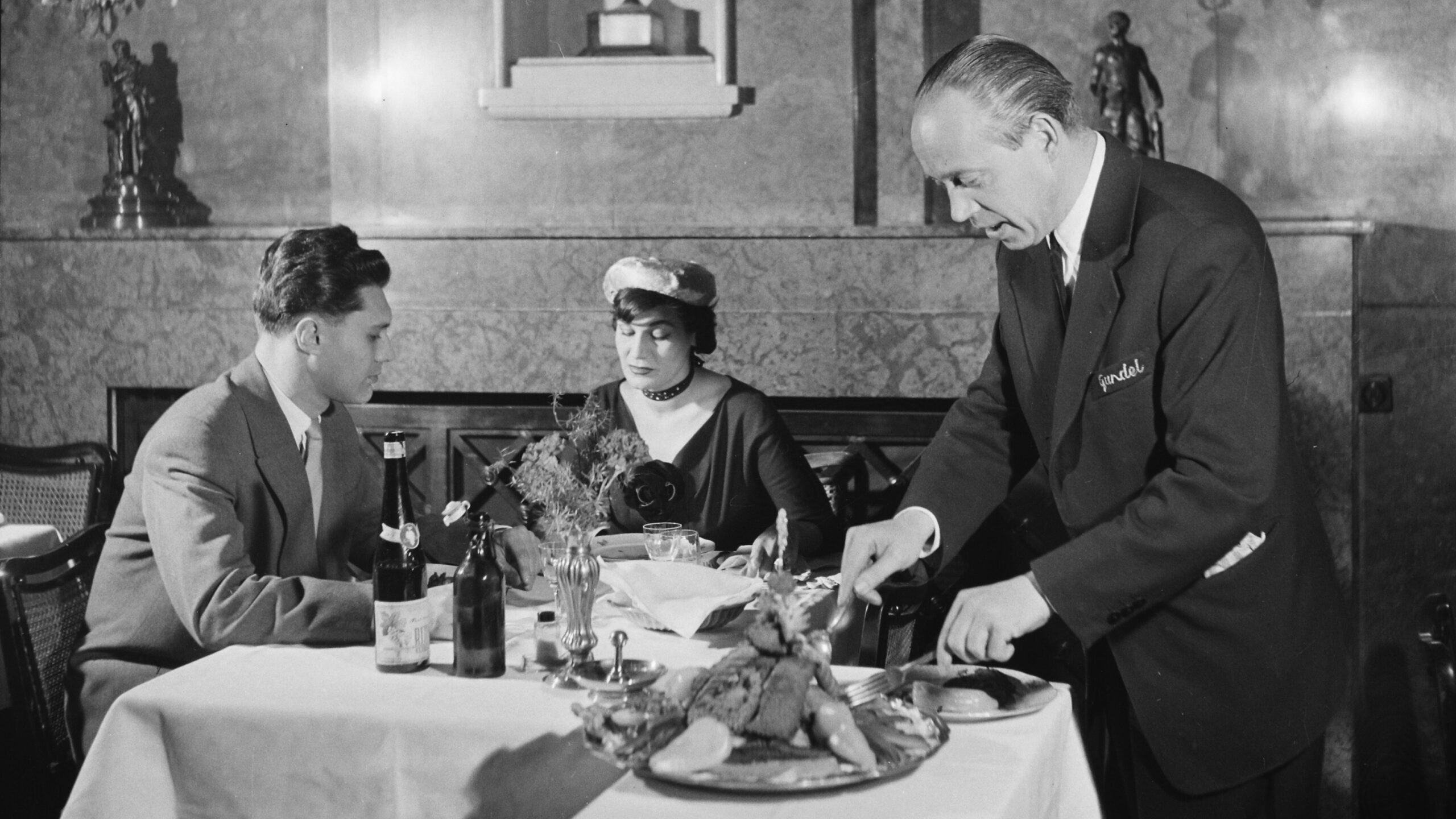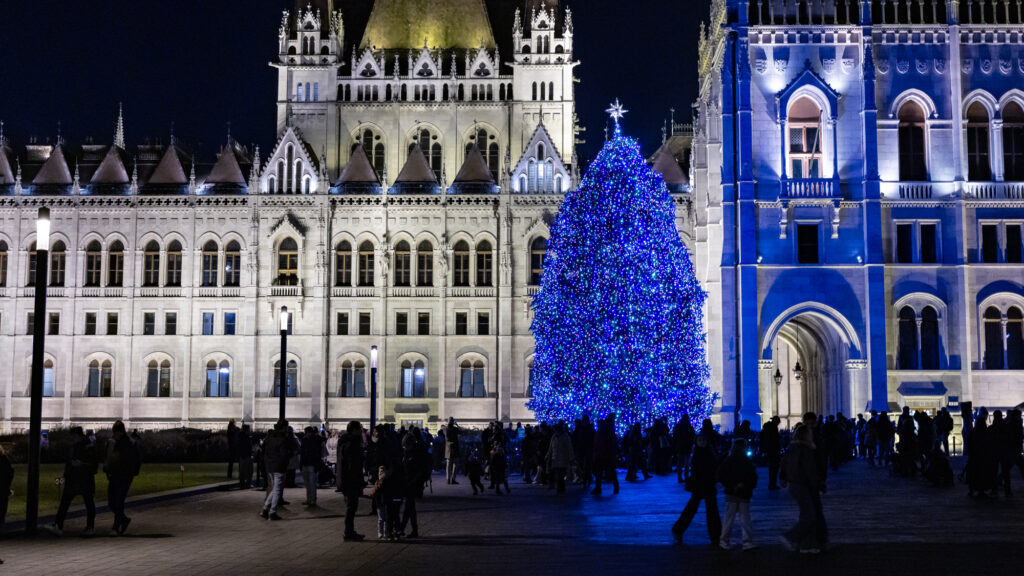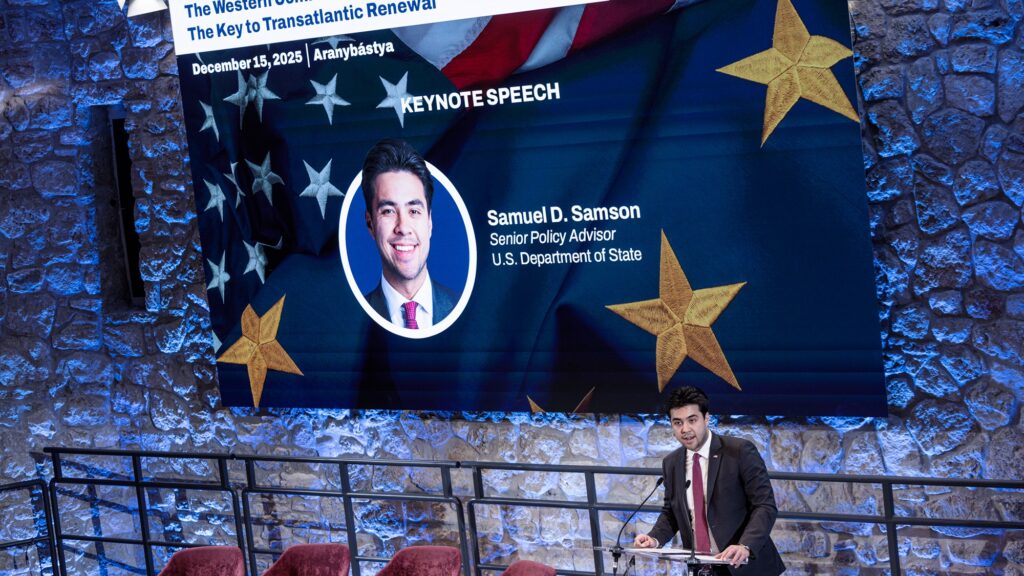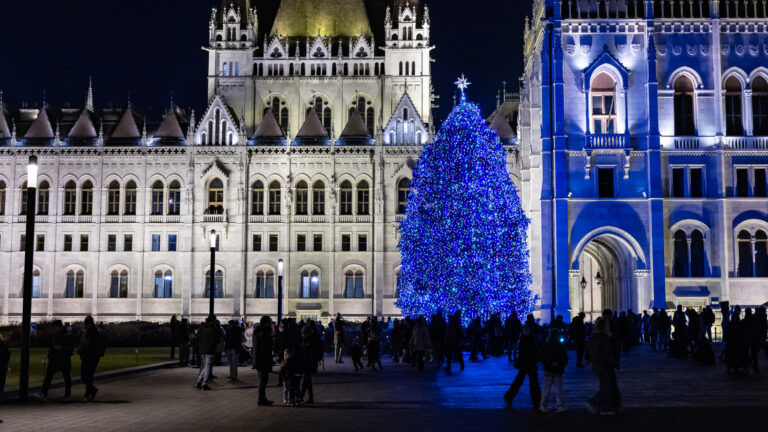Today the 130-year-old Gundel Restaurant is renowned as the most famous and traditional Hungarian restaurant. Its rich history started in the 1860s when the Budapest Zoo opened in the City Park. Initially, the restaurant was established by János Klemens merely to provide catering to the Zoo’s visitors. The restaurant’s then modest building was rebuilt into today’s iconic venue only in 1896 for the Millenium Celebrations under the supervision of its second owner, Ferenc Wampetich—the architectural design was done by Ervin Bauer. Slowly, as the City Park was gaining popularity, the Restaurant started to reach a wider audience and became known among Hungarian writers, artists and politicians.
In 1910 the restaurant was taken over by János Gundel, a German immigrant from Bavaria, who gave the restaurant the name it is known by today. János’ son, Károly worked in the hospitality industry, too, and soon joined his father to manage the restaurant. At first guests—who missed the Wampetich era—viewed the Gundel family, and especially the 27-year old Károly Gundel, with scepticism. The father and son were not afraid of the challenges, however, and set out to win the old customers over with refurnished rooms and a modernized menu.
It did not take long for restaurant-goers to acknowledge that the Gundel family’s talent in servicing guests is unmatched in Budapest. Károly and János treated visitors with a kindness and friendliness that soon made Gundel famous—and beloved—across the capital city. ‘He managed his business as if he were not receiving paying customers on his premises, but rather welcoming dear guests, whose wellbeing was not a matter of trade, but Hungarian hospitality itself,’ wrote author Kálmán Mikszáth about János Gundel; Mikszáth was also a regular guest at the restaurant. Following in his father’s footsteps when describing his personal creed, Károly argued that every restaurant should thrive for being the guest’s second home and provide comfort and coziness accordingly.
‘In its heyday the Restaurant had a 100-member strong staff, serving 3,000 plates of food a day’
The hospitality of the Gundel family soon bore fruits. In its heyday the restaurant had a 100-member strong staff, serving 3,000 plates of food a day. While at this point Gundel was famous among the Hungarian elite, the family always paid special attention of offering some dishes at a price that was accessible to the general public. The affordable menus sold at Gundel made all social classes feel welcome there—later it gave foundation to the slogan ‘Gundel is for everyone’, a catchphrase the Restaurant still takes pride in. The success of the restaurant in the City Park contributed to the growth of Gundel’s business. In 1927 Gellért Hotel’s restaurant was also added to Gundel’s portfolio, which Gundel managed until 1948.
In addition to hospitability, soon another speciality of Gundel started to emerge—the restaurant started to modernize and also offer local dishes, laying the foundations of Hungarian cuisine as we know and love it today. Some of the greatest hits of Hungarian cuisine started their career in Gundel’s kitchen—among them are the chicken paprikash, the Palóc soup and the Rákóczi Cheesecake. Nevertheless, the most famous delicacy of the restaurant are pancakes filled with walnuts, candied orange peel, covered with hot chocolate and rum sauce: the Gundel crêpes. According to the legend the Gundel pancakes or crêpes were invented by Ilona Matzner for her husband, the renowned Hungarian writer, Sándor Márai for a gathering at Gundel. Honouring the wife’s invention which was later improved by the chefs at Gundel, the crêpes were called Márai pancakes for decades until the 1950s when the writer, Márai was censored by the state socialist authorities and the crêpes had to change their name to Gundel. Today, the restaurant serves over 25,000 portions of crêpes annually.
‘The most famous delicacy of the restaurant are the Gundel crêpes’
By the 1930s Gundel’s name was one with Hungarian hospitality. Crowning the reputation of Gundel in 1937 the family business was responsible for providing the catering for the state banquet on King Victor Emmanuel III of Italy’s visit to Székesfehérvár. The outstanding success of the banquet earned Gundel their next opportunity to shine—in 1939 they were tasked with running the Hungarian restaurant in the country’s pavilion at New York World’s Fair. Gundel triumphed in New York too—commenting on the Hungarian pavilion, The New York Times wrote in 1939:‘The Gundel restaurant is a bigger, better advertisement for Budapest than a ship’s cargo of tourist brochures.’ To ensure the best quality at the pavilion, a year before the Fair Gundel sent tomato, pepper and other vegetables seeds to local farmers in America so that they can grow the high-quality ingredients needed to cook. Károly was meticulous about ingredients at home too—he personally went to markets, hand-picked vegetables, and had pig and mushroom farms to ensure his restaurants are getting only the best quality ingredients.
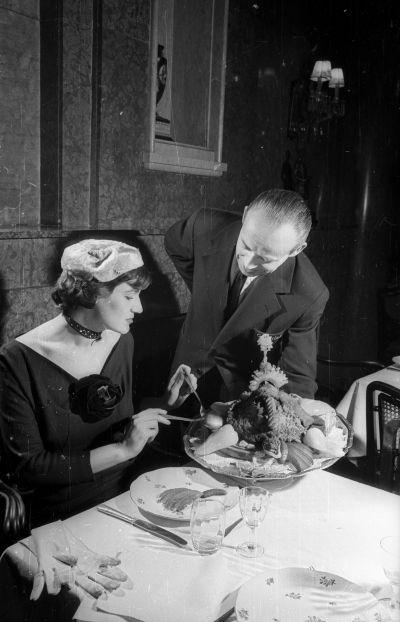
Ten years after the successful World’s Fair, the fate of Hungary and that of Gundel changed drastically. The Gundel Restaurant was nationalized, its name was changed to May First, to honour the state’s new ideology: Marxism. Luckily, the well-established reputation as well as head chef Elek Réhberger’s tireless efforts saved the restaurant’s rich legacy from oblivion—in the 1950s it was given back its original name. In the decades to come, however, its world-famous quality has plunged due to the mandatory provision of industrial catering.
In the early years of the 1990s Gundel started to awaken. Soon, personalities like Queen Elizabeth II, Bill Clinton, Luciano Pavarotti and Arnold Schwarzenegger paid their visits to Gundel. Acknowledging its effort to go back to its roots, in 2014 Gundel was added to the Hungarikum Collection for its role in Hungarian gastronomy.
Albeit the restaurant was briefly closed during COVID, it was a chance for its new leadership, the Eventrend Group to re-think Gundel’s role in the Hungarian restaurant business and bring back Gundel’s glory. Traditional dishes were placed back on the menu, made from exceptional ingredients, so the classics of Hungarian cuisine are now always available for visitors. The interior was renovated, keeping its original peacock blue style as well as its luxurious furniture. Contributing to its antique, romantic atmosphere live music is provided by Roma musicians.

